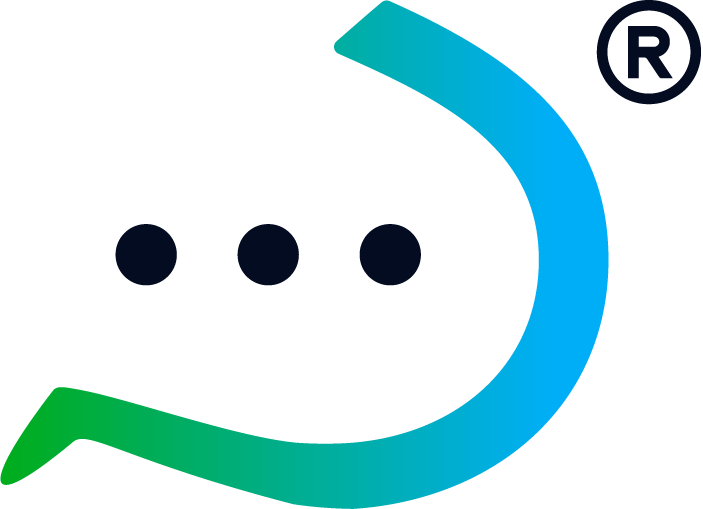The role of a UX designer is not limited to creating prototypes and wireframe. Before we go into all that, let us refresh our minds a bit on what UX design is about.

Roles of a UX Designer
The term UX design was coined by a cognitive scientist and the founder of the Nielsen Norman Group Design Consultancy, Don Norman. Norman established that UX design envelops user-based interaction with the products and services of a company. In other words, UX design is comprehensively designed to ensure that users have the best experience using a product or services rendered by a company.
UX design serves one distinctive purpose: to ensure users have the best experience. UX design is primarily grafted as a problem-solving tool. Economists will say that “human wants are insatiable.” This is beyond doubt a valid observation because humans have highly distinctive wants, which continue to mount at the sight of something far more intriguing.
There was a time when women spent long hours sitting under a hot-hair dryer at a beauty salon and women suffered a great deal trying to beat time till the invention of a portable blow (hand) dryer.
Of course, someone invented the blow dryer, but the inventor considered the problem of discomfort and the amount of time wasted and how having a household gadget that serves the purpose of drying wet hair will save women stress and give them the comfort they deserve and at their convenience.
UX design has always observed users, to identify and proffer solutions or help in the areas of their difficulties. For this reason, one can say that the focus of a UX designer is being empathetic.
The UX designer identifies a teeming issue amongst end-users, studies and tackles the issue after deliberately experiencing the issue so as to be able to abate the problem. The UX designer does not extirpate the identified problem, he only abates the problem by creating a working alternative.
For a UX designer, ensuring that a user experiences the best outcome, is the capital interest and focus. UX design is sometimes passed off as something trivial and irrelevant to naive business owners.
It is important to note that the roles of a UX designer vary from company to company.
This is due to some reasons such as:
Ignorance: Most times firms don’t know what they need from a UX designer.
Specification: This is especially prominent in larger firms. Most times these firm are searching for a UX designer who has specialisation in a specific area like a UX strategists, UX researcher and others. whereas smaller companies often search for a UX designer that can perform all the basic roles.
The Role of A UX Designer includes;
- Determining through research the pains, needs, behaviours etc, of an end-user in the course of an interaction with a product.
- Analysing customers’ interaction with products by creating user journey maps.
- Ensuring that useful and usable products and services are accessible.
- Ensuring that a customer’s interaction with products or services are enjoyable.
- A UX designer is empathetically-driven, thus he understands the needs and wants of the consumers as much as they do and enough to know how best to ease them off their challenges.
- Determining the outcome of devices and websites.
- Fulfilling a brand’s goal to meet the needs of the consumers with creativity and analytical skills.
- A proficient UX designer protects the company’s interest whilst fostering reliability through the services and products offered for use as relief from the challenges experienced by the users. A UX designer’s role is twice as important to a brand in boosting sales, retaining customers, saving developmental costs, as he is to the end-users, in sustaining their interest and meeting their needs.
For a UX designer to be successful at his job, he requires certain skills to aid competence. Some of these skills are:
Problem-solving
A UX designer should be quick to define a problem, determine its cause, identify, prioritize, and select alternatives for a solution; and implement a solution.
Adaptability
He/she should be able to adjust easily to new conditions.
Partnership
It is important for a UX designer to know how to communicate effectively and search out partnerships within his space. Ability to work in a team is also an important skill.
Design thinking
A UX designer should have a knack for thinking up new designs.
A user-centric mindset
When thinking up ideas, they should focus on the users of such products and how it could elevate their lives.
Attentive
A UX designer has to be attentive to details.
Knowledge of tools
Knowledge of industry tools such as Sketch, InVision, Adobe InDesign, Illustrator, Zeplin and OmniGraffle is key to be a UX designer.
Business knowledge
An understanding of the business blueprint and the ability to translate company goals and objectives into digital experiences is a required skill.
Creative and analytical approach
A UX designer should be one who though he thinks analytically, should seek creative ways to express his designs.
This may seem like a lot to take in but not to worry. One way to be clear about what a company requires of you is to read their job descriptions in detail. That way you learn what the company needs and what is expected of you.


